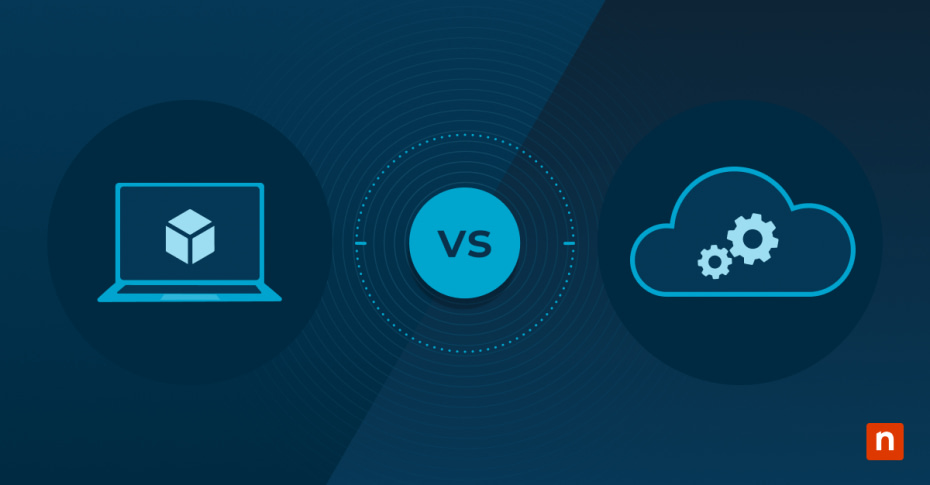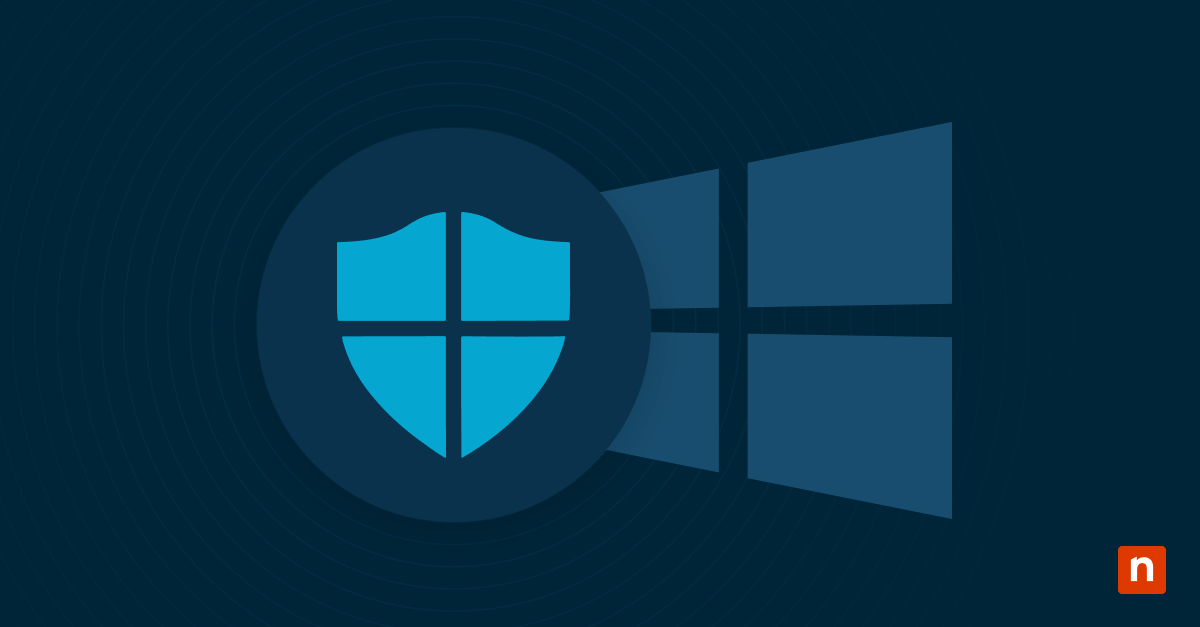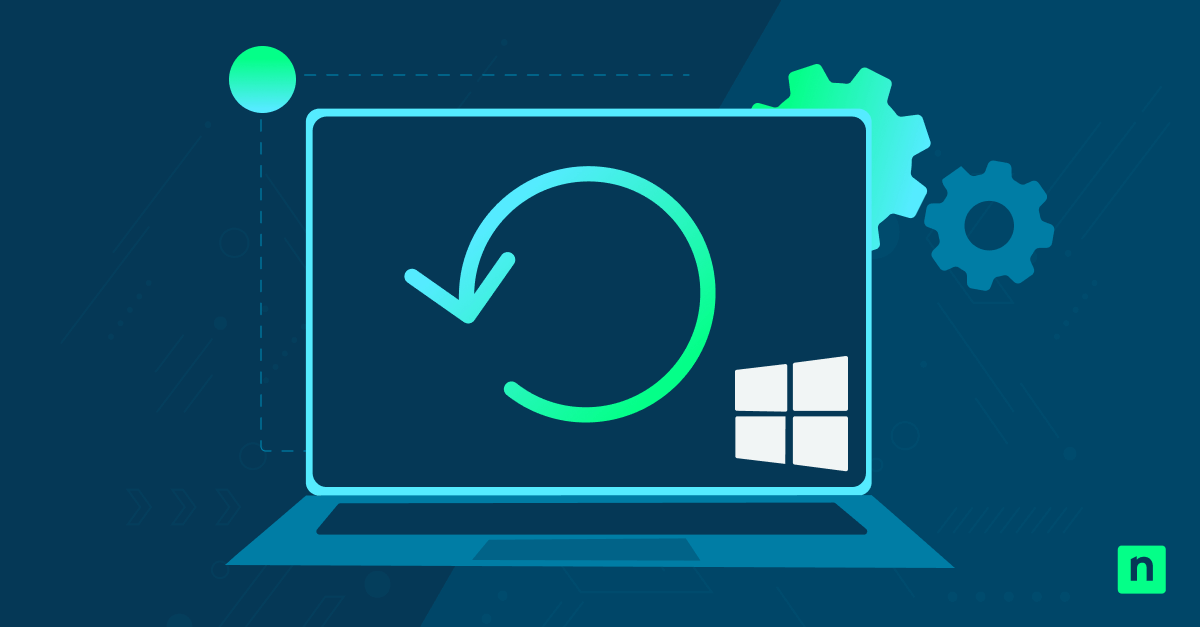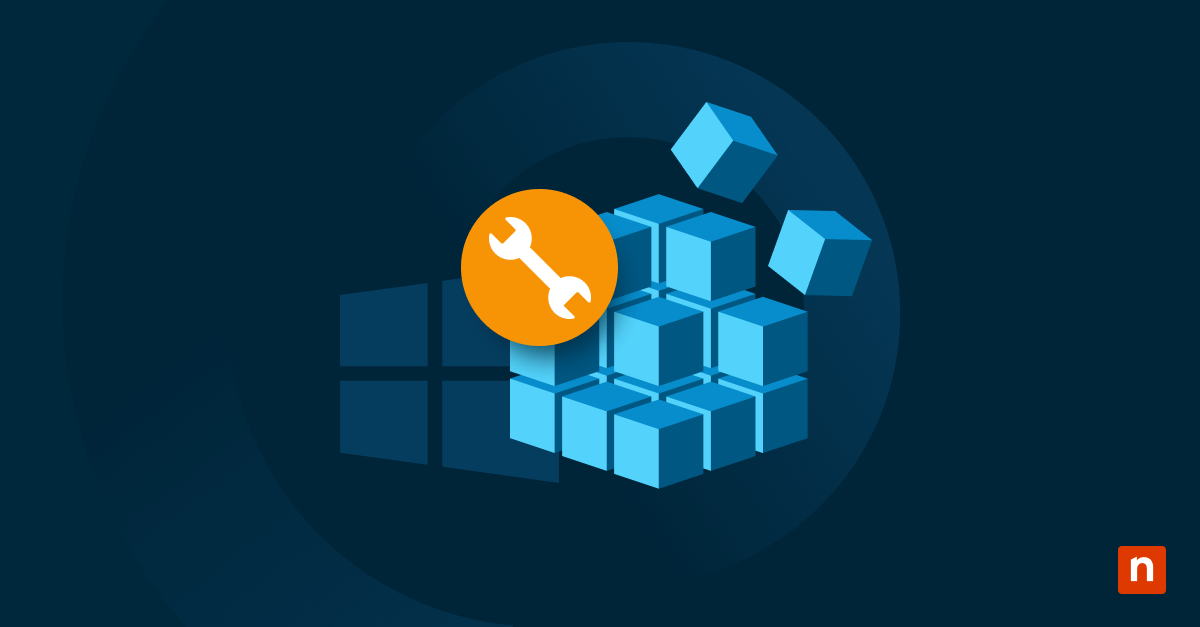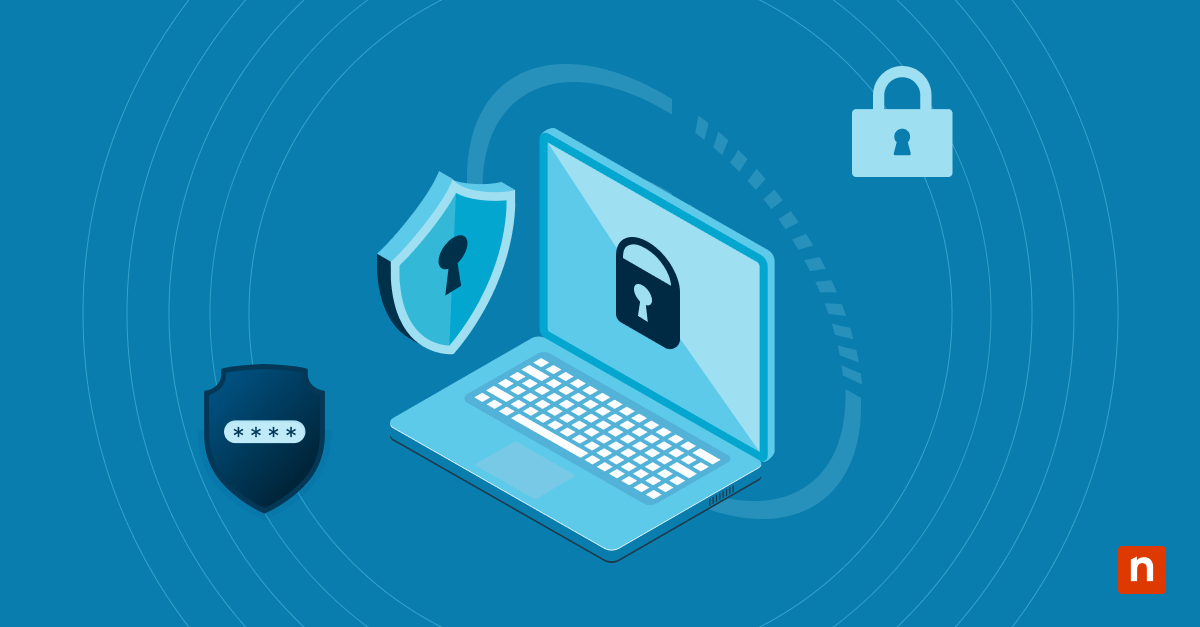What’s the difference between virtualization vs cloud computing? The server virtualization market is growing, driven by the need to modernize procurement procedures and manage compliance policies. Fortune Business Insights states that in 2023, 66% of businesses reported increased agility due to virtualization implementation. They also found that companies with over 100 computers have already adopted virtualization, and smaller industries with fewer than 100 workstations are quickly following suit.
What is virtualization?
At its core, virtualization is a technology that allows you to run multiple simulated environments from a single physical hardware system. This capability forms the backbone of virtualization in cloud computing, distinguishing it sharply from traditional setups. By partitioning physical servers into multiple virtual machines, each functioning with its own operating system and applications, you maximize resource utilization and flexibility.
What is cloud computing?
Cloud computing allows you to access and utilize computing resources over the internet. This technology leverages massive networks of virtual servers hosted on physical servers. Cloud computing enables scalable and flexible IT solutions, optimizes resource use and reduces operational costs. Consider the following when researching how it can strategically benefit your organization:
- Cost efficiency: Reduces the need for upfront hardware investments.
- Scalability: Easily scales resources up or down based on demand.
- Disaster recovery: Guarantees business continuity with robust backup solutions.
- Accessibility: Provides the ability to access applications and data from anywhere with an internet connection.
Virtualization vs cloud computing
While comparing virtualization vs cloud computing you need to understand core concepts and technologies that fundamentally shape both. Each method manages and allocates resources, not only with regard to capacity but also in strategic alignment with business goals. Additionally, assessing scalability, flexibility, cost implications and security considerations will help you in deciding which solution optimizes your organizational needs.
Core concepts and technologies
Understanding the fundamental concepts of virtualization and cloud computing is crucial for maximizing their full potential in your business’s technology strategy. Here’s a breakdown of the foundational elements:
Cloud Computing
- Multi-tenancy: In cloud computing architectures, multiple users share the same applications or hardware resources, enhancing efficiency and scalability.
- Service models: Cloud services are delivered in models like Infrastructure as a Service (IaaS), Platform as a Service (PaaS), and Software as a Service (SaaS), each providing different levels of control, flexibility and management.
Virtualization
- Virtual machines (VMs): Each VM created can act as a discrete system, running its own applications and operating systems on a single physical hardware source.
- Hypervisor: This is the software layer that enables virtualization, managing the VMs and allocating resources from the physical hardware to each VM.
Resource management and allocation
Virtualization allows you to partition a single physical server into multiple VMs, each acting as a unique and independent server. On the other hand, cloud computing automates the allocation process, dynamically adjusting resources based on demand. This system-oriented method minimizes waste and enhances performance by ensuring that resources are not just available, but are also efficiently allocated and utilized according to real-time needs without your direct intervention.
Scalability and flexibility
Scalability and flexibility differentiate virtualization from cloud computing in managing technology growth. Here is how they apply regarding virtualization and cloud computing:
Cloud Computing
- Instant scaling: Cloud computing allows you to scale resources instantly based on demand, unlike virtualization, which often requires manual intervention.
- Resource elasticity: Cloud services provide greater elasticity, enabling you to expand or contract resource allocations dynamically.
- Deployment speed: Deploying additional resources in a cloud environment can be faster, facilitating rapid response to changing needs.
- Management overhead: Cloud solutions often offer automated tools to assist in resource scaling, reducing the management effort required.
Virtualization
- Management overhead: Virtual environments may require more management effort to scale, as manual intervention is often needed to adjust resources.
Cost implications
Virtualization involves upfront investments in hardware and software, which can be significant, but you’ll manage and control your resources completely. This setup reduces the need for physical servers, potentially lowering your long-term operational costs by optimizing resource use and reducing power consumption.
Cloud computing typically operates on a pay-as-you-go model, which minimizes initial expenses. However, recurring costs can accumulate, especially as your demand scales. Strategic use of cloud services can align spending with growth, ensuring you only pay for what you use when you use it.
Security considerations
When considering virtualization vs cloud computing, it’s important to evaluate how each affects the security of your business’s data and operations.
- Data control: Virtualization offers you complete control over your data as it’s hosted on your own servers. In contrast, cloud computing means your data is stored on a third-party provider’s system, which can pose risks if their security isn’t up to par.
- Access management: Both technologies require robust access control mechanisms. Cloud services often provide advanced identity management solutions that are continuously updated.
- Physical security: Cloud providers typically invest heavily in securing their data centers, potentially more than you could afford for on-premise solutions.
- Compliance: Staying compliant can be simpler with cloud computing, as providers make sure that their platforms adhere to relevant regulations and standards.
What is virtualization in cloud computing?
Virtualization in cloud computing is a technology that enables the abstraction of physical hardware into multiple simulated environments or dedicated resources. By understanding its definition and key components, you can strategically leverage this technology to optimize your IT infrastructure.
Definition and key components
Understanding virtualization vs cloud computing involves recognizing its role as the foundation that allows multiple operating systems and applications to run on a single physical server. This capability provides a way to optimize hardware use and enhance system flexibility. In addition to hypervisors and VMs, virtualization in cloud computing uses these components:
- Host machine: The physical server that supports the hypervisor and VMs.
- Virtual hardware: Includes virtualized network interfaces, storage and other hardware resources that VMs use to operate.
Key benefits
Virtualization frequently enhances cloud computing efficiency by allowing businesses to better utilize their hardware resources. By creating multiple virtual environments from a single physical hardware system, you can optimize operations and reduce costs. This technology enables the deployment of various operating systems and applications on a single server, maximizing resource utilization and flexibility.
Additionally, virtualization allows for better disaster recovery solutions as you can replicate work environments easily and more reliably. It also supports scalable IT solutions, adapting quickly to changing demands without the need for physical hardware changes.
Choosing between virtualization and cloud solutions
When choosing between virtualization vs cloud computing, consider your need for scalability, cost-efficiency, control and security and maintenance and updates. Cloud solutions offer dynamic scaling and operate on a pay-as-you-go model, making them cost-effective and flexible.
Virtualization takes an upfront investment and provides more direct control over environments, which is necessary for compliance and security, but may require additional physical infrastructure to scale and more hands-on management for maintenance. Often, you may find that a hybrid approach allows you to leverage the strengths of both to create a flexible and efficient IT environment that aligns with strategic goals, budget and infrastructure management capacity.
Whether you choose virtualization vs cloud computing or a hybrid environment it is important to keep your business secure. NinjaOne helps IT departments and MSPs unify and manage all aspects of their IT environments. With encryption and integrated backup solutions, your organization’s most valuable information assets remain protected around the clock. Learn more about how NinjaOne can help you manage your endpoint security when you start your free trial.

